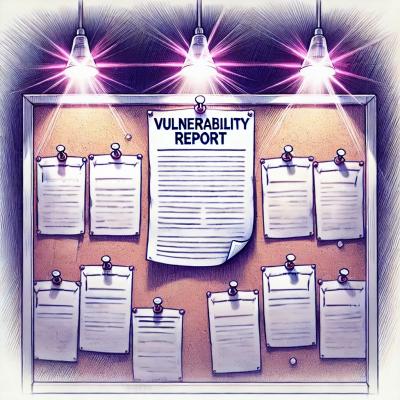
Security News
libxml2 Maintainer Ends Embargoed Vulnerability Reports, Citing Unsustainable Burden
Libxml2’s solo maintainer drops embargoed security fixes, highlighting the burden on unpaid volunteers who keep critical open source software secure.
slang stands for "Signal LANGuage". It is a framework to build signal ML systems that translate streams of signals to streams of interpretable and, more importantly, actionable information.
How is it similar and how is it different to other known approaches to this signal ML problem ? We'll try to clarify that here. The main idea is in the name: Signal Language. That is, the methods used gravitate around mapping the data too language-like data and using language models to solve problems.
ML can be seen as purposeful information compression. Raw data, or signal, is structured and through a series of transformations (intermediate "feature vectors"), is converted into semantically interpretable, often actionable information.
What's slang's take on that?
Slang focuses on signals -- or more generally, on (usually, but not necessarily, timestamped) sequential data. The layers of transformation in a slang pipeline can be seen as incremental conversions of interval annotations. Every layer of annotations add structural and quantitative information, progressing from low level descriptions (e.g. acoustics) to hi level descriptions (e.g. a detection or classification).
A noteworthy embodiment of this approach is the use of vector quantization codec to encode a previous layer's annotations into annotations, called snips, akin to words (or letters, phonemes, tokens) of a natural language. Where vector quantization (and most codecs) is aimed a enabling the original data to be decoded on the other side, the goal here is purposeful information compression, or even some general form of differential privacy. That is, we want to purposefully (1) keep the information that is needed to carry out the objectives of the system and, sometimes (2) not keep some specific types of information (privacy).
The decoder acts as an interpreter of the snips. It uses a codebook to translate them into a sequence of annotations that are meaningful in the context the decoder is meant for. It's important to note that, unlike classical vector quantization, the codebook is not limited to decoding only one snip at a time into something approximating the original input, but rather generating annotations based on potential large windows of streaming snips.
Lets give an illustrative example of what this "middle langauge" that snips offer does. MIDI is a standard for transmitting and storing music, initially made for digital synthesizers. It sends musical notes, timings, and pitch, not recorded sounds, allowing the receiver to play music using its sound library.
MIDI captures only a minimal set of features that focus on the production of music. The decoder side can general the sound that will reproduce something resembling the original music. Being designed primarily around the conventions of western music (12-tone system, rational durations, etc.), it would be less appropriate for non-western music and would be almost incapable at encoding sounds in general.
What slang is designed to do is to learn such a signal codec as MIDI for a given target domain.
You can read more about this in this Ideas on slang wiki.
FAQs
A structural approach to signal ML
We found that slang demonstrated a healthy version release cadence and project activity because the last version was released less than a year ago. It has 1 open source maintainer collaborating on the project.
Did you know?

Socket for GitHub automatically highlights issues in each pull request and monitors the health of all your open source dependencies. Discover the contents of your packages and block harmful activity before you install or update your dependencies.

Security News
Libxml2’s solo maintainer drops embargoed security fixes, highlighting the burden on unpaid volunteers who keep critical open source software secure.

Research
Security News
Socket researchers uncover how browser extensions in trusted stores are used to hijack sessions, redirect traffic, and manipulate user behavior.

Research
Security News
An in-depth analysis of credential stealers, crypto drainers, cryptojackers, and clipboard hijackers abusing open source package registries to compromise Web3 development environments.